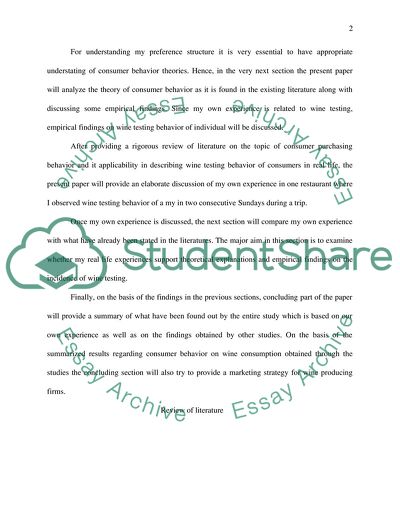Cite this document
(Theories of Consumer Behavior in the Field of Microeconomic Research Paper, n.d.)
Theories of Consumer Behavior in the Field of Microeconomic Research Paper. Retrieved from https://studentshare.org/macro-microeconomics/1723945-consumer-behaviour
Theories of Consumer Behavior in the Field of Microeconomic Research Paper. Retrieved from https://studentshare.org/macro-microeconomics/1723945-consumer-behaviour
(Theories of Consumer Behavior in the Field of Microeconomic Research Paper)
Theories of Consumer Behavior in the Field of Microeconomic Research Paper. https://studentshare.org/macro-microeconomics/1723945-consumer-behaviour.
Theories of Consumer Behavior in the Field of Microeconomic Research Paper. https://studentshare.org/macro-microeconomics/1723945-consumer-behaviour.
“Theories of Consumer Behavior in the Field of Microeconomic Research Paper”, n.d. https://studentshare.org/macro-microeconomics/1723945-consumer-behaviour.


